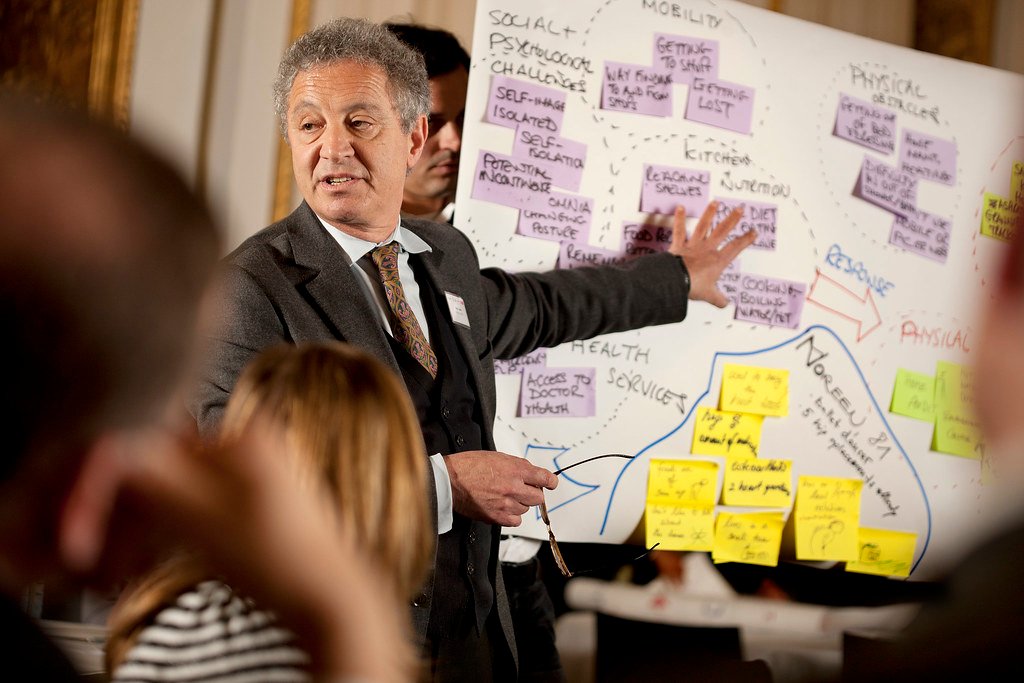 assisted living facilities
assisted living facilities
Introduction
As the population ages, the relevance of assisted living facilities continues to grow, offering a blend of independence and support for seniors. These facilities have evolved significantly over the years, adapting to meet the diverse needs and preferences of their residents. Daily activities and programs in assisted living facilities play a crucial role in enhancing the quality of life for seniors, fostering social connections, and maintaining physical and mental health. Understanding the variety of activities and their benefits helps families and potential residents make informed decisions about their care options.
Unpacking the Layers of Daily Activities in Assisted Living
Types of Activities Offered
Assisted living facilities offer a broad spectrum of activities designed to cater to the varied interests and abilities of their residents. These activities generally fall into several categories:
- Physical Activities: Exercise classes, yoga, and walking clubs help residents stay active and maintain their mobility and overall health.
- Cognitive Activities: Puzzles, trivia games, and educational seminars stimulate mental activity and keep cognitive functions sharp.
- Social Activities: Group outings, movie nights, and holiday celebrations foster social interaction and community building.
- Creative Activities: Art classes, music therapy, and gardening offer residents an outlet for creativity and self-expression.
- Spiritual Activities: Religious services, meditation sessions, and spiritual discussions provide spiritual nourishment and support.
Importance of Personalized Activities
One of the key aspects of successful daily programming in assisted living is personalization. Activities are often tailored to meet the specific interests, abilities, and health conditions of each resident. This personalized approach ensures that everyone can participate meaningfully and enjoy the benefits of the programs offered. For example, a resident with limited mobility might enjoy a chair yoga class or a virtual museum tour, while another with a passion for music might participate in a choir or a musical instrument workshop.
Navigating the Challenges and Debates
Balancing Safety and Independence
One of the primary challenges in assisted living facilities is balancing safety with residents’ desire for independence. While activities must be safe and accessible, they should also allow residents to feel autonomous and engaged. This balance requires careful planning and coordination by the facility’s staff, ensuring that activities are inclusive without being overly restrictive.
Addressing Diverse Needs
Residents of assisted living facilities come from varied backgrounds with different needs and preferences. Catering to such a diverse group can be challenging, but it is essential for creating an inclusive environment. Facilities must offer a wide range of activities and be open to adapting programs based on feedback from residents and their families. This adaptability ensures that all residents feel valued and included in the community.
Ethical Considerations
Ethical considerations in assisted living activities include respecting residents’ choices and privacy. It is vital to ensure that participation in activities is voluntary and that residents are never coerced into joining activities they are not interested in. Additionally, facilities must handle residents’ personal information with care, especially when planning and coordinating activities that may require medical or personal details.
Real-world Echoes: Case Studies and Applications
Case Study: The Greenfield Assisted Living Community
The Greenfield Assisted Living Community provides a compelling example of how diverse activities can enhance residents’ quality of life. Greenfield’s activity calendar includes everything from water aerobics and tai chi to book clubs and tech workshops. One resident, Mrs. Johnson, found new joy in her daily routine through the facility’s gardening club, which not only allowed her to pursue her passion for plants but also helped her form strong social bonds with fellow residents.
Application: Technology in Assisted Living Activities
Technology is increasingly being integrated into the daily programs of assisted living facilities, offering new ways to engage residents. Virtual reality (VR) experiences allow seniors to explore new places and participate in activities that might be physically challenging for them. Additionally, video calls and online classes have become popular, especially in times when in-person activities are limited. These technological advancements provide residents with more options and flexibility in their daily routines.
Conclusion
The daily activities and programs offered in assisted living facilities are crucial in promoting a vibrant, engaging, and fulfilling lifestyle for residents. By understanding the variety of activities available and the importance of personalization, families and potential residents can make informed choices about their care. As assisted living facilities continue to evolve, they will undoubtedly develop even more innovative ways to support and enrich the lives of their residents.
Q&A Section
Q1: What types of activities can I expect in an assisted living facility?
A1: Assisted living facilities typically offer a wide range of activities, including physical exercises, cognitive games, social events, creative classes, and spiritual support. These activities are designed to cater to diverse interests and abilities.
Q2: How do assisted living facilities ensure that activities are inclusive?
A2: Facilities often personalize activities based on residents’ interests, abilities, and health conditions. They may seek feedback from residents and their families to adapt programs and ensure inclusivity.
Q3: What challenges do assisted living facilities face in planning activities?
A3: Key challenges include balancing safety and independence, addressing diverse needs, and respecting residents’ choices and privacy. Facilities must carefully plan and coordinate activities to create a safe yet engaging environment.
Q4: How is technology being used in assisted living activities?
A4: Technology in assisted living includes virtual reality experiences, online classes, and video calls. These advancements provide residents with more options for engagement and can enhance their overall experience.
For more insights and resources on assisted living activities, visit the National Institute on Aging and the American Association of Retired Persons (AARP).
Need help? Let us know how we can match you. Find care providers at no cost to you.
